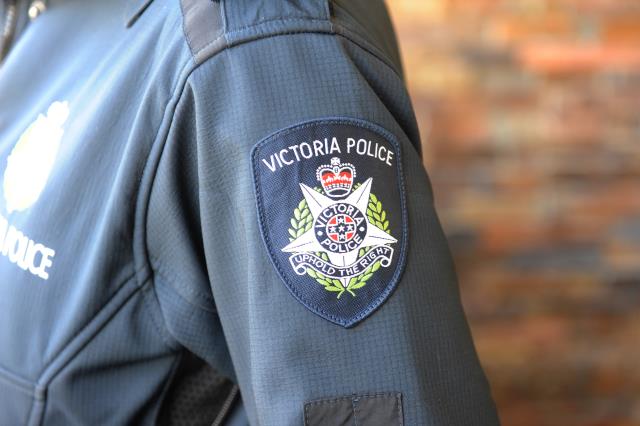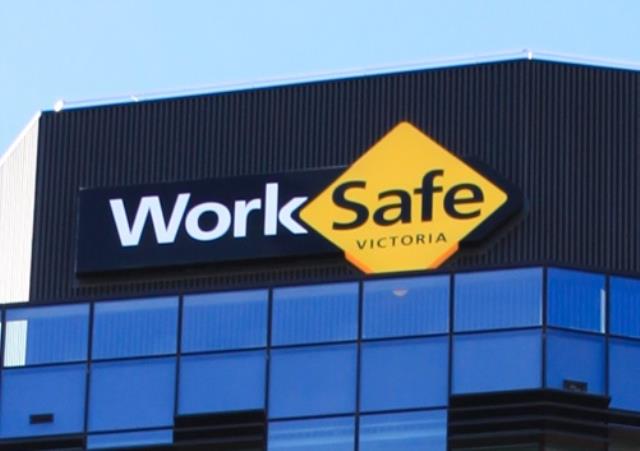On average, each year in Victoria, 41 children are killed or injured in low speed vehicle runover incidents. While hospitalisation rates have decreased over the past decade, the number of fatalities has not, including a heartbreaking spike of six deaths in 2023.
During the period 2012-2023:
– Children aged one to five years were the most common age group involved.
– 72 per cent of incidents occurred when the vehicle was moving forward – this is very different to previous data which highlighted reversing vehicles as the main culprit.
– Most incidents happened when the driver was returning home, departing home, or repositioning the vehicle.
– Incidents were evenly split between metro (52 per cent) and regional areas (48 per cent).
– A variety of vehicles, including sedans, utilities, SUVs and vans, were involved.
Kidsafe Victoria, with support from the Transport Accident Commission (TAC) and in collaboration with key stakeholders, has developed a Low Speed Vehicle Runover Prevention Strategy, designed to reduce the devastating toll on children in our community.
“The strategy identifies the critical factors contributing to these tragedies, such as vehicle design, human factors and property design,” Kidsafe Victoria incoming chief executive officer Sarah Sexton said.
“It also sets a framework for action through education, technology initiatives and advocacy.”
“Attending collisions involving young children and assisting families who have experienced the devastating loss of a child in a low speed runover is among the most difficult of duties we undertake as police officers,” Victoria Police Road Policing Command Assistant Commissioner Glenn Weir said.
“These incidents are preventable, which makes the loss even more poignant for the families involved and the wider community.”
Kidsafe Victoria is inviting feedback to help refine and finalise the strategy.
“We’re calling on the industry – particularly those in vehicle manufacturing who can develop retrofitted solutions for older vehicles – to help us refine and finalise the strategy and save lives,” Ms Sexton said.
Key focus areas:
– Vehicle design: Promoting safer vehicle design and developing life-saving technologies which can be retrofitted to older vehicles.
– Property design: Enhancing driveway layouts to reduce hazards.
– Human factors: Raising awareness about supervision, blind spots and safe driveway practices.
“Behind every statistic is a family whose lives have been irreparably damaged by the trauma and life long grief for their child. These are more than just numbers – they are tragedies that ripple through families and communities.”
“We need collective action to prevent these avoidable incidents. By working together, we can create safer environments and protect our children,” Ms Sexton said.
For more information or to share your feedback, visit kidsafevic.com.au or email us at info@kidsafevic.com.au.







